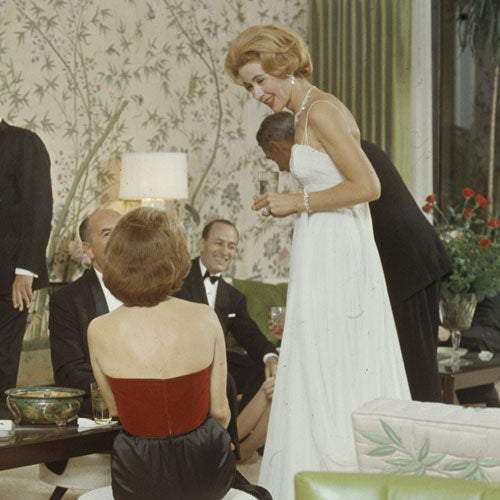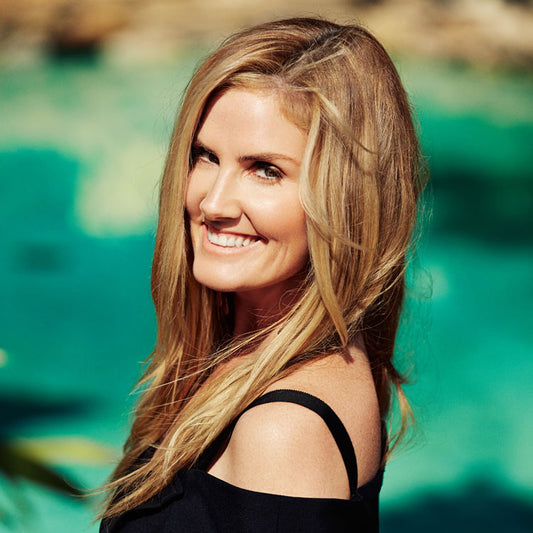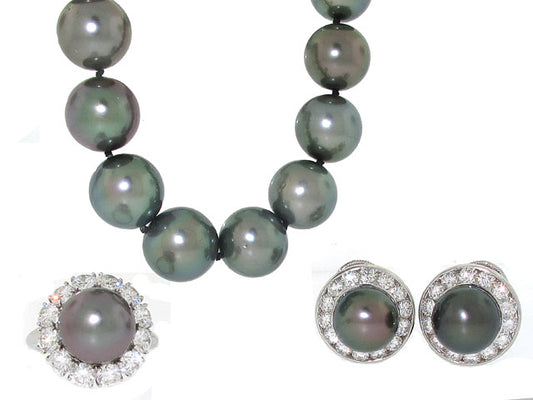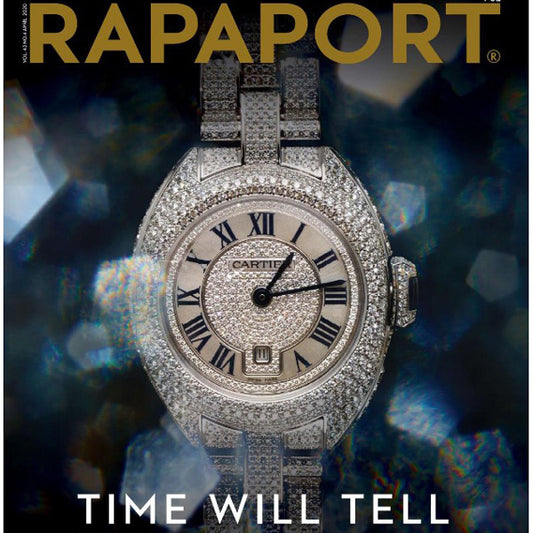Man has long coveted some form of charm or talisman in the hope that it might bring good fortune or at the very least, safeguard one’s well-being. Pre-historic man might have kept a shell, stone, or piece of wood for luck. The Egyptians went further than that and adorned the bodies of those prepared for the next world with charms that would identify rank and community standing, assuring proper reception at their ethereal destination. The Greeks and Romans viewed amulets as diminutive insurance policies, for safety.
Years later, Queen Victoria was known to have lockets with locks of her children’s hair and she even set in silver treasured stones that her adored husband, Albert, had brought back from their beloved Scotland. And Elizabeth Taylor, as reported in the book The Charm of the Charms (Jade Albert and Ki Hackney, Abrams) stated that each charm dangling from her charm bracelet which was started when she was a child, “has its own story and a particular meaning known only to me and the giver and brings back a memory and a smile in my heart.”
Thus is the overarching evocative power of such a diminutive token, and today countless fine jewelers manufacture charms of all types, to fit every conceivable watershed moment of a person’s life. Chanel, Louis Vuitton, Bulgari, Christian Dior, Burberry, and Dolce & Gabbana have gotten into the charm business, with “trinkets” dangling from handbags, key chains, and belts or traditional bracelets.
Charms were introduced by Tiffany in its first, famous Blue Book, 1950; they included popular items that would likely resonate with customers’ lives and lifestyles, like a passport, hearts, four-leaf clovers, and symbols that were emblematic of sports, hobbies, and children’s births.
More jewelers followed suit with David Yurman, Mish, Elizabeth Locke, Taffin by James de Givenchy, and Van Cleef & Arpels producing charms and charm bracelets. Even in the non-precious jewelry world, companies like Carolee feature dozens of charms on their websites, and there are countless popular manufacturers of modular bracelets that lend themselves to collecting dangling charms or slide-like modular charms—Novobeads, Pandora, Trollbeads, and Biagi, to name a few.
Perhaps the ultimate encapsulating nod to the power of the charm was that each subject of the famous “This is Your Life” television show was presented a custom-crafted charm bracelet by host and producer Ralph Edwards. The bracelets were fabricated by the then popular Fifth Avenue emporium, Marchal Jewelry, whose designers included Walter Lampl and Sheila Tucker Terman, whose specialty was articulated charms.
And that is simply the unique thing about charms and the bracelets they help enliven: they charm the viewer and delight the wearer as a personal and sentimental token to treasure.
Ruth J. Katz








